Home>Articles>What Hand Tools Does Edd China Use In His Shop
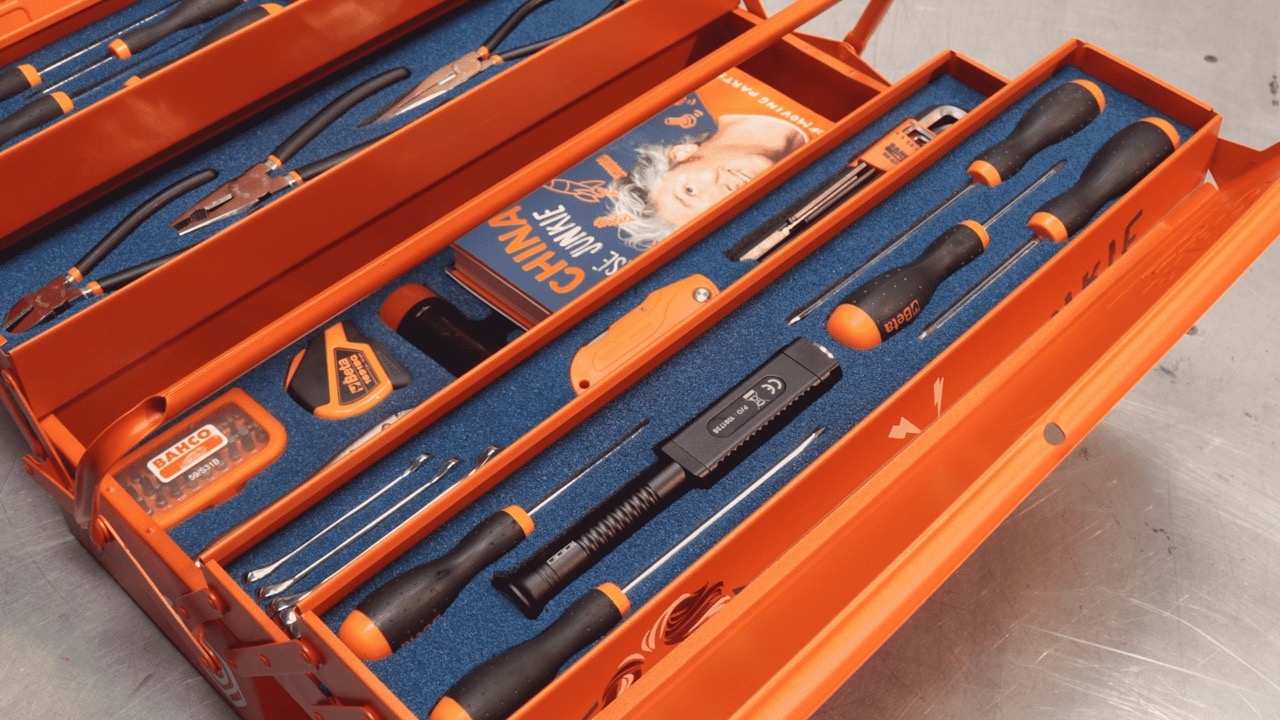

Articles
What Hand Tools Does Edd China Use In His Shop
Modified: January 8, 2024
Discover the essential hand tools Ed China uses in his shop. Read our informative articles on the tools he recommends for your own DIY projects.
(Many of the links in this article redirect to a specific reviewed product. Your purchase of these products through affiliate links helps to generate commission for Storables.com, at no extra cost. Learn more)
Introduction
Ed China, renowned mechanic and television presenter, is known for his incredible craftsmanship and ingenuity in automotive restoration. The success of his show, “Wheeler Dealers,” has made him a household name among car enthusiasts and DIY enthusiasts alike. With his extensive knowledge and experience, it’s no wonder that people are curious about the hand tools that Ed China uses in his shop.
In his well-equipped workshop, Ed China relies on a carefully curated selection of hand tools to tackle a wide range of projects. From simple repairs to complex restorations, these tools are an essential part of his arsenal. In this article, we will explore some of the key hand tools that Ed China utilizes to achieve his impressive results.
Whether you are an aspiring mechanic, a seasoned DIYer, or simply curious about the tools used by professionals like Ed China, this article will provide valuable insights into the world of automotive hand tools. So, let’s dive in and discover the tools that play a pivotal role in Ed China’s workshop!
Key Takeaways:
- Ed China’s workshop is a testament to the importance of having a comprehensive collection of hand tools, showcasing his dedication to craftsmanship and the essential role of the right tools in achieving exceptional automotive results.
- From precision tasks to heavy-duty operations, Ed China’s expertise in selecting and utilizing the appropriate hand tools highlights the significance of having the right tools at hand for any DIY or automotive project.
Read more: Where Do Landscapers Shop For Hand Tools
Overview of Ed China’s Shop
Ed China’s workshop is a mecca for car enthusiasts and a haven for those who appreciate fine craftsmanship. Located in a spacious and well-organized facility, the shop is equipped with state-of-the-art machinery and tools that allow Ed China to bring his automotive visions to life.
Walking into Ed China’s shop, you are immediately struck by the sense of order and organization. Every tool has its designated place, ensuring efficiency and ease of access. From the workbenches to the storage cabinets, everything is meticulously arranged, reflecting Ed’s attention to detail.
The workshop is equipped with cutting-edge machinery, including computer-controlled milling machines, lathes, and welding equipment. These machines enable Ed China to precisely fabricate and modify parts, ensuring a perfect fit and finish.
However, while machinery plays a crucial role, it is the hand tools that truly allow Ed China to showcase his expertise. These tools are the extensions of his hands, enabling him to maneuver in tight spaces, perform delicate tasks, and bring his vision to reality.
Throughout the shop, you will find a vast array of hand tools meticulously organized and easily accessible. From the sturdy workbenches to the tool chests lining the walls, every tool has its place. This organization not only saves time but also ensures that Ed China can quickly locate the right tool for the job.
Ed China understands that having the right tool for the task is essential for achieving top-tier results. His shop is stocked with a comprehensive collection of hand tools, ranging from the basics to specialized tools designed for specific automotive applications.
Now that we have an overview of Ed China’s shop, let’s delve into the specific hand tools that he relies on to carry out various tasks.
Hand Tools Used by Ed China
When it comes to hand tools, Ed China understands the importance of quality and precision. He relies on a carefully selected range of tools that allow him to tackle a wide variety of projects with confidence. Let’s take a closer look at some of the hand tools that Ed China uses in his shop:
- Screwdrivers: Screwdrivers are a staple in any mechanic’s toolkit, and Ed China is no exception. He utilizes a variety of screwdrivers, including Phillips, flathead, and Torx, to handle different types of screws and fasteners.
- Pliers and Wire cutters: Pliers are versatile tools that Ed China often reaches for. From gripping and manipulating wires to removing stubborn clips and fasteners, pliers are indispensable in his shop. Wire cutters also come in handy when working with electrical systems or cutting wires to the desired length.
- Hammers and Mallets: To shape metal, drive in stubborn pins, or gently tap delicate parts into place, Ed China relies on a range of hammers and mallets. These tools provide the necessary force without damaging the surface.
- Wrenches and Spanners: Wrenches and spanners are essential for loosening and tightening nuts, bolts, and other fasteners. Ed China’s collection includes a variety of sizes and types, from open-end wrenches to adjustable wrenches, ensuring that he can handle any fastening task.
- Chisels and Files: when it comes to shaping and smoothing metal or removing excess material, Ed China turns to chisels and files. Chisels help in precision metalwork, while files are used for fine-tuning surfaces and creating smooth edges.
- Saws and Blades: From cutting through metal pipes to slicing through wooden boards, saws are essential tools in Ed China’s arsenal. He uses a range of handsaws, hacksaws, and blades to make accurate cuts.
- Measuring and Marking tools: Precision is key in any automotive project, and Ed China relies on measuring and marking tools to ensure accurate results. Tools such as tape measures, calipers, squares, and rulers help him take precise measurements and mark out cutting lines.
- Clamps and Vises: Holding workpieces securely is crucial for precise and safe work. Ed China uses a variety of clamps and vises to secure parts in place, whether he is welding, soldering, or performing intricate tasks.
- Screw and Bolt Extractors: When faced with stripped or damaged screws or bolts, Ed China reaches for screw and bolt extractors. These specialized tools make it easier to remove stubborn fasteners without causing further damage.
- Pry bars and Crowbars: Sometimes, a little extra leverage is needed to remove stubborn parts or separate components. Pry bars and crowbars assist Ed China in applying controlled force and safely prying apart difficult-to-separate pieces.
These are just a few examples of the hand tools that Ed China relies on in his shop. His collection is extensive, including many specialized tools specific to automotive restoration and customization. With his expertise and these tools in hand, Ed China continues to impress with his exceptional craftsmanship and attention to detail.
Screwdrivers
Screwdrivers are one of the most fundamental and versatile hand tools used by Ed China in his workshop. These essential tools come in various sizes and types, each serving a specific purpose. Let’s explore the different types of screwdrivers that Ed China relies on:
- Phillips Screwdrivers: Phillips screwdrivers feature a cross-shaped tip and are commonly used in automotive applications. These screwdrivers are designed to fit into Phillips head screws, which have a small indentation in the center of the screw head. Ed China has an assortment of Phillips screwdrivers in different sizes to tackle a wide range of screw sizes found in various automotive components.
- Flathead Screwdrivers: Flathead screwdrivers, also known as slotted screwdrivers, have a flat, straight blade that fits into the slot of slotted screws. Ed China uses flathead screwdrivers for tasks such as removing interior panels, adjusting carburetors, or tightening electrical connections. Having screwdrivers of different widths ensures that he can match the size of the screw slot accurately.
- Torx Screwdrivers: Torx screwdrivers are employed when working with Torx head screws, which have a star-shaped pattern. These screws are commonly found in modern vehicles and require a Torx screwdriver with the corresponding size. Ed China keeps a set of Torx screwdrivers in his toolbox to handle these specialized screws.
- Precision Screwdrivers: In addition to the standard screwdrivers, precision screwdrivers play a crucial role in delicate and intricate tasks. These slender screwdrivers with fine tips are ideal for working with small screws found in electronics, dashboard components, and other delicate parts. Ed China’s precision screwdrivers enable him to work with precision, ensuring that he can disassemble and reassemble intricate components without causing any damage.
- Screwdriver Sets: To cover a wide array of screw sizes and types, Ed China relies on comprehensive screwdriver sets. These sets usually come in a convenient storage case and include a variety of screwdriver types and sizes. Having a complete set at his disposal ensures that Ed China can tackle any screw-related task that comes his way.
With his extensive collection of screwdrivers, Ed China can confidently handle any project in his workshop. He understands the importance of using the correct screwdriver for each task, as using the wrong type or size can lead to stripped or damaged screws. By selecting the appropriate screwdriver, Ed China ensures that he can work efficiently, remove or tighten screws without any issues, and maintain the integrity of the components he is working on.
Pliers and Wire Cutters
In his workshop, Ed China relies on a variety of pliers and wire cutters to handle different tasks involving wires, fasteners, and other components. These versatile tools provide him with the necessary grip, cutting ability, and maneuverability to tackle a wide range of automotive projects. Let’s explore the different types of pliers and wire cutters that Ed China uses:
- Needle-Nose Pliers: Needle-nose pliers, also known as long-nose pliers, have long, slender jaws that come to a pointed tip. These pliers are ideal for reaching into tight spaces or manipulating small wires and components. Ed China uses needle-nose pliers for tasks such as bending wires, holding small parts during assembly, or accessing hard-to-reach areas.
- Diagonal Cutting Pliers: Also known as wire cutters or side cutters, diagonal cutting pliers have sharp jaws that cut through wires and other materials with ease. Ed China uses wire cutters to strip insulation from electrical wires, trim excess wire lengths, or remove damaged wires or fasteners. The sharp cutting edges of these pliers ensure clean and precise cuts.
- Slip-Joint Pliers: Slip-joint pliers, also called adjustable pliers, have jaws with multiple grooves that allow for adjusting the jaw size to accommodate different grip widths. These pliers are versatile and can be used for gripping, bending, and adjusting various components. Ed China utilizes slip-joint pliers when he needs a secure grip on nuts, bolts, or other fasteners, or when he needs to hold a component in place during assembly or disassembly.
- Locking Pliers: Locking pliers, commonly known as Vise-Grips, have a unique mechanism that allows them to lock in place, providing a strong, secure grip. These pliers are invaluable when extra force is required, or when holding components that need to stay in position. Ed China uses locking pliers when he needs to clamp two parts together, hold rounded or irregularly shaped objects, or keep tension on a cable or wire.
- Wire Strippers: Wire strippers are specialized tools designed to strip the insulation off electrical wires without damaging the conductors. Ed China relies on wire strippers to prepare wires for connection or repair. These tools have adjustable cutting and stripping blades that allow for precise removal of insulation, ensuring a clean and reliable electrical connection.
- Crimping Tools: Crimping tools are essential for making secure and professional-grade electrical connections. Ed China uses crimping tools when working with terminals, connectors, or other electrical components that require a secure and reliable connection. These tools compress and shape the metal sleeve of the connector onto the wire, creating a strong and durable connection.
With the right combination of pliers and wire cutters, Ed China can handle various tasks involving wires, fasteners, and delicate components with ease. These tools provide him with the necessary control and precision to complete intricate electrical work, hold components securely, and make clean and reliable wire connections. By having a comprehensive set of pliers and wire cutters in his toolbox, Ed China ensures that he can handle any wiring or gripping task that comes his way.
Read more: What Hand Tools To Use For Etching
Hammers and Mallets
Hammers and mallets are indispensable tools in Ed China’s workshop. These tools allow him to shape metal, drive in stubborn pins, and gently tap delicate components into place. With a diverse selection of hammers and mallets, Ed can tackle a wide range of tasks with precision and control. Let’s explore the different types of hammers and mallets he uses:
- Ball-Peen Hammer: The ball-peen hammer features a flat striking face on one end and a rounded ball-shaped peen on the other. Ed uses this versatile hammer for shaping and forming metal, as well as for striking punches and chisels. The rounded peen is particularly useful for shaping and rounding metal surfaces.
- Dead Blow Hammer: A dead blow hammer is a non-marring hammer filled with steel shot or sand. The weighted head minimizes rebound and delivers a controlled impact, reducing the chance of damage to delicate surfaces or components. Ed frequently employs this type of hammer when he needs to strike without leaving any marks, such as when working with body panels or delicate parts.
- Rubber Mallet: The rubber mallet is a soft-faced hammer with a rubber or plastic head. It is ideal for striking surfaces that may be susceptible to damage, such as wood, plastic, or fragile components. Ed uses a rubber mallet when he needs to apply force without leaving any marks or indentations, ensuring a clean finish.
- Dead Blow Mallet: Similar to the dead blow hammer, the dead blow mallet is filled with shot or sand to provide a controlled strike. This type of mallet is ideal for tasks that require a softer impact but still need the precision and control of a mallet. Ed often relies on the dead blow mallet when assembling or disassembling components that require a gentle but effective tap.
- Claw Hammer: The claw hammer is a versatile tool with a flat striking face on one end and a curved claw for removing nails on the other. Although primarily used for woodworking, Ed also employs this hammer when performing tasks that require both striking and nail removal, such as during interior panel removal or repair.
- Sledgehammer: When more force is required, Ed turns to the mighty sledgehammer. This heavy-duty hammer delivers a powerful strike and is commonly used for heavy tasks such as breaking apart larger components, removing stubborn parts, or bending metal. The long handle provides leverage and ensures precise control over the impact.
By utilizing a variety of hammers and mallets, Ed China can tackle different tasks with precision and control. These tools allow him to shape, strike, and delicately maneuver components without causing damage. Whether he needs to reshape a body panel, drive in a stubborn pin, or gently tap a delicate part into place, Ed’s collection of hammers and mallets provides him with the versatility and power necessary to achieve exceptional results in his shop.
Wrenches and Spanners
Wrenches and spanners are essential hand tools used by Ed China in his workshop. These tools allow him to loosen and tighten nuts, bolts, and other fasteners with precision and control. With a wide range of sizes and types available, Ed can handle any fastening task that comes his way. Let’s explore the different types of wrenches and spanners he relies on:
- Open-End Wrenches: Open-end wrenches, also known as open-ended spanners, feature a U-shaped opening at both ends. These wrenches are ideal for situations where there is easy access to the fastener, as they provide a secure grip on the flats of the nut or bolt head. Ed utilizes open-end wrenches when he needs a quick and reliable tool to loosen or tighten fasteners.
- Combination Wrenches: Combination wrenches have an open-end on one side and a box-end (closed-end) on the other. The box-end is a closed loop that provides a better grip on fasteners, especially in confined spaces. Ed often reaches for combination wrenches when he needs both speed (open-end) and extra torque (box-end) to handle various fastening tasks.
- Adjustable Wrenches: Adjustable wrenches, commonly known as adjustable spanners, feature an adjustable jaw that can be set to fit different sizes of nuts and bolts. Ed keeps a selection of adjustable wrenches in his toolbox to handle fasteners of varying sizes when specific wrench sizes are not available. They are versatile tools that provide flexibility in different situations.
- Socket Wrenches: Socket wrenches consist of a ratcheting handle and removable socket attachments. These wrenches allow Ed to use different sizes and types of sockets for various fastening tasks. The ratcheting mechanism enables him to quickly tighten or loosen fasteners without removing the wrench from the fastener. Socket wrenches provide convenience and efficiency, especially in tight spaces.
- Torque Wrenches: Torque wrenches are specialized wrenches that allow Ed to apply a specific amount of torque to a fastener. They are crucial when precise tightening is required, ensuring that fasteners are not under- or overtightened. Torque wrenches are commonly used in automotive applications, where proper torque specifications are essential for safety and performance.
- Pipe Wrenches: Pipe wrenches are heavy-duty wrenches with serrated jaws designed to grip and turn pipes and cylindrical objects. Ed uses pipe wrenches when he needs to tighten or loosen large threaded pipes, fittings, or other cylindrical components. The adjustable jaw allows for a secure grip, even on pipes with different diameters.
With his assortment of wrenches and spanners, Ed China can handle a wide range of fastening tasks with ease. Whether it’s tightening a bolt, loosening a nut, or securing a pipe, these tools provide him with the strong grip and leverage necessary to get the job done. By choosing the appropriate wrench or spanner for each task, Ed can ensure the proper fit and torque to maintain the integrity of the fasteners and components he’s working on.
When setting up your own workshop, invest in high-quality hand tools such as wrenches, screwdrivers, pliers, and hammers. Look for durable materials and ergonomic designs to make your work more efficient and comfortable.
Chisels and Files
Chisels and files play a vital role in Ed China’s workshop when it comes to shaping and smoothing metal or removing excess material. These precision cutting and shaping tools allow him to achieve fine details and create smooth surfaces. Let’s explore the different types of chisels and files that Ed relies on:
- Bevel-Edge Chisels: Bevel-edge chisels have a beveled edge on one side, allowing for precise cutting and shaping of wood or metal. Ed uses bevel-edge chisels when he needs to create mortises, carve intricate details, or remove material in a controlled manner.
- Wood Chisels: Wood chisels have a sharp, flat blade designed specifically for working with wood. Ed utilizes wood chisels for tasks such as carving intricate designs, fitting joints, or removing excess material. These chisels, available in various widths and profiles, allow him to achieve excellent precision and control when working with wooden components.
- Cold Chisels: Cold chisels are heavy-duty chisels with a thick, wide blade. These chisels are used for cutting and shaping metal, especially when a substantial amount of material needs to be removed. Ed reaches for cold chisels when he needs to cut through metal sheets, remove rusted or damaged parts, or perform heavy-duty metalwork requiring controlled force.
- Needle Files: Needle files are fine-cut files with a narrow, pointed shape. These files have different shapes such as round, square, and triangular, enabling Ed to work on intricate details and hard-to-reach areas. Needle files are ideal for filing and shaping small metal components, removing burrs, or refining delicate surfaces.
- Flat Files: Flat files have a rectangular shape with a flat surface and parallel edges. Ed uses flat files when he needs to remove excess material quickly or achieve a flat and smooth surface. These files are versatile and can be used on various materials, including metal and wood.
- Rasp Files: Rasp files have a coarse, raised pattern on their surface, making them ideal for rapid material removal. Ed employs rasp files when he needs to remove a large amount of material quickly, shape curves, or rough out a component before refining it with finer files or sandpaper.
- Half-Round Files: As the name suggests, half-round files have one flat side and one rounded side. This shape allows Ed to work on flat surfaces as well as curved or concave surfaces. Half-round files are versatile and can be used for shaping metal or wood components with different profiles.
By selecting the appropriate chisel or file for each task, Ed China can achieve precise cuts, smooth surfaces, and fine detail work with ease. These tools give him the ability to shape and refine components to perfection and create the desired look and feel in his automotive projects.
Saws and Blades
Saws and blades are essential tools in Ed China’s workshop, allowing him to cut through various materials with precision and accuracy. Whether it’s metal, wood, or other materials, Ed relies on a diverse collection of saws and blades to meet the demands of his automotive projects. Let’s explore the different types of saws and blades he uses:
- Hand Saws: Hand saws are versatile tools that come in various sizes and tooth configurations. Ed uses hand saws when he needs to make precise cuts in wood or other softer materials. The different types of hand saws he may employ include crosscut saws, rip saws, and dovetail saws, each designed for specific cutting tasks.
- Hacksaws: Hacksaws are designed for cutting through metal, including pipes, rods, or sheet metal. Ed utilizes hacksaws when he needs to make clean and precise cuts in metal components. With adjustable blades and a sturdy frame, hacksaws offer control and maneuverability, allowing Ed to work in tight spaces.
- Reciprocating Saws: Reciprocating saws, also known as Sabre saws, are power tools that use a reciprocating motion to cut through a variety of materials. Ed employs reciprocating saws when he needs to quickly cut through metal, plastic, or wood components. The ability to change blades with ease allows him to adapt to different cutting requirements.
- Jig Saws: Jig saws are versatile power tools that use a narrow, reciprocating blade to make curved or intricate cuts. Ed turns to jig saws when he needs to create precise cuts in wood, plastic, or other softer materials, especially when shapes or patterns need to be followed. The interchangeable blades and adjustable speed settings provide flexibility and control.
- Circular Saws: Circular saws are powerful tools equipped with a circular blade that spins at high speeds. Ed uses circular saws when he needs to make straight, long cuts in wood, plywood, or other sheet materials. These saws are often guided along a straight edge or a fence, ensuring accurate and repeatable cuts.
- Band Saws: Band saws are stationary power tools with a continuous, toothed blade that moves in a continuous loop. Ed relies on band saws when he needs to make precise, intricate cuts in wood, metal, or other materials. The adjustable blade tension, table tilting capabilities, and various blade widths allow for versatility and accuracy.
- Blades: Ed understands that the choice of blades is crucial for achieving clean and efficient cuts. He ensures that he has a variety of blades suitable for different materials and cutting tasks. Sharp and properly maintained blades not only deliver better results but also prolong the life of the saw.
With the wide variety of saws and blades at his disposal, Ed China can tackle a diverse range of cutting tasks in his workshop. Whether he needs to make precise cuts in wood, cut through metal components, or create intricate shapes, these tools provide him with the accuracy and control necessary to achieve exceptional results in his automotive projects.
Measuring and Marking Tools
Precision is essential in any automotive project, and Ed China understands the importance of accurate measurements and markings. To achieve precise results, he relies on a variety of measuring and marking tools. These tools allow him to take precise measurements, mark out cutting lines, and ensure accurate alignment. Let’s explore the different types of measuring and marking tools that Ed uses:
- Tape Measures: Tape measures are essential tools for measuring length, width, and height. Ed keeps a selection of tape measures with varying lengths in his toolbox, allowing him to measure both short and long distances accurately. The retractable design and locking mechanism enable him to take measurements quickly and easily.
- Calipers: Calipers are precision measuring tools used to measure internal and external distances with great accuracy. Ed uses both dial calipers and digital calipers to measure dimensions such as thickness, diameter, or depth. Calipers provide precise readings, ensuring accurate measurements for precise fits and assemblies.
- Squares: Squares are tools used to check and mark right angles accurately. Ed relies on combination squares, engineer’s squares, and framing squares to ensure proper alignment in his automotive projects. These tools allow him to mark perpendicular lines, check for squareness, and confirm accurate angles.
- Rulers: Rulers are basic, but indispensable measuring tools in Ed’s workshop. He uses both standard rulers and steel rulers for general measurements. The graduated markings on these rulers allow him to take precise measurements when accuracy is crucial.
- Protractors: Protractors are tools used to measure and mark angles. Ed uses protractors when he needs to measure or transfer specific angles accurately. Protractors with adjustable arms and clear markings provide him with the flexibility and precision needed for accurate angle measurements.
- Scribing Tools: Scribing tools, such as scribers or marking knives, are used for marking lines on materials. Ed utilizes scribing tools when he needs to create precise and visible lines, particularly on metal surfaces. These tools have sharp points or blades for accurate marking.
- Center Punch: The center punch is a tool used to make an indentation or small dimple on a workpiece. Ed employs a center punch to create a starting point for drilling holes or to mark a specific spot for precise cutting or shaping. The indentation prevents the drill bit or cutting tool from slipping off the desired location.
With these measuring and marking tools at his disposal, Ed China ensures accuracy and precise alignment in his automotive projects. By measuring and marking with precision, he can achieve the desired fit, alignment, and functionality in the components he works on. These tools are indispensable for maintaining the high standards of craftsmanship that Ed is known for.
Clamps and Vises
Clamps and vises are essential tools in Ed China’s workshop, offering stability, support, and a secure grip on workpieces. These tools are invaluable when precision, control, and safety are required in automotive projects. Let’s explore the different types of clamps and vises that Ed relies on:
- C-Clamps: C-clamps, also known as G-clamps, are versatile and widely used in automotive workshops. These clamps have a C-shaped frame with a screw mechanism that allows for easy adjustment and secure hold. Ed uses C-clamps when he needs to hold pieces together during glue application, welding, or other operations that require a sturdy and adjustable grip.
- Bar Clamps: Bar clamps feature a long bar that extends the clamping capacity over a large area. Ed uses bar clamps when he needs to hold large or heavy workpieces securely. These clamps are ideal for tasks such as gluing large panels, assembling components, or aligning bulky parts during construction or repair work.
- Spring Clamps: Spring clamps, also known as hand clamps, have a spring-loaded mechanism that provides easy one-handed operation. Ed utilizes spring clamps for quick and temporary clamping of lightweight materials or holding components in place while working on them.
- Bench Vises: Bench vises are mounted on a workbench or table, providing a stable and secure grip on workpieces. Ed relies on bench vises when he needs to hold objects firmly in place during cutting, filing, drilling, or other operations that require stability and control. The ability to adjust the jaws and the strength of the vise ensure a secure grip on different sizes and shapes of materials.
- Pipe Clamps: Pipe clamps utilize lengths of pipe and threaded rods to provide a versatile and adjustable clamping solution. Ed uses pipe clamps when he needs to secure irregularly shaped workpieces or objects with unusual dimensions. The adjustable nature of pipe clamps allows him to customize the clamp length to accommodate a variety of projects.
- Corner Clamps: Corner clamps are specifically designed to hold two pieces of material at a right angle. Ed relies on corner clamps when he needs to assemble frames, cabinets, or other structures that require precise alignment and secure bonding at the corners. The adjustable design and quick-release mechanism make these clamps easy to use and facilitate efficient assembly.
- Magnetic Clamps: Magnetic clamps use the power of magnets to securely hold ferrous materials in place. Ed employs magnetic clamps when he needs a temporary and effective clamping solution for tasks such as welding or soldering. These clamps allow for quick setup and easy repositioning without the need for traditional clamping methods.
With the aid of these clamps and vises, Ed China ensures that workpieces are securely held in place during various automotive tasks. This stability and grip provide him with the control and accuracy necessary to perform intricate operations and achieve high-quality results in his projects.
Screw and Bolt Extractors
When faced with stripped or damaged screws or bolts, Ed China relies on screw and bolt extractors to remove them safely and effectively. These specialized tools are designed to grip onto damaged fasteners and allow for their easy removal without causing further damage. Let’s explore the different types of screw and bolt extractors that Ed uses in his workshop:
- Screw Extractor: A screw extractor, also known as an easyout, is a tool used to remove screws with stripped or damaged heads. Ed utilizes screw extractors when the conventional methods of removal, such as screwdrivers or pliers, are ineffective. Screw extractors have a tapered design that allows them to be inserted into the stripped screw head and grip onto it securely. With the help of a wrench or ratchet, Ed can turn the screw extractor counterclockwise to loosen and remove the stubborn screw.
- Bolt Extractor: Bolt extractors, or bolt grip sockets, are similar to screw extractors but are designed specifically for removing damaged or rounded-off bolts. Ed turns to bolt extractors when he encounters bolts that cannot be loosened with a regular wrench or socket. The unique spiral design of bolt extractors provides maximum grip on the damaged bolt, allowing Ed to turn it counterclockwise and remove it effortlessly. These extractors often come in a set with various sizes to accommodate different bolt diameters.
- Tap Extractor: Tap extractors are handy tools used to remove broken or stuck taps from drilled holes. Ed utilizes tap extractors when a tap breaks off inside a hole during thread cutting operations. Tap extractors have a fluted design that allows them to grip onto the tap’s fluted pattern. By rotating the tap extractor counterclockwise using a wrench or tap wrench, Ed can back out the broken tap from the hole, allowing for its replacement or re-threading.
- Screw and Bolt Remover Set: Screw and bolt remover sets are comprehensive tool kits that include a variety of extractors for different sizes of screws, bolts, and taps. Ed keeps a set of screw and bolt removers in his toolbox to ensure that he has the right tool for the job no matter the size or type of fastener. These sets often come in a convenient storage case, allowing for easy organization and accessibility of the extractors.
With the help of screw and bolt extractors, Ed China can confidently tackle the challenge of removing damaged or stripped fasteners in his automotive projects. These specialized tools provide him with the ability to safely and effectively remove stubborn screws, bolts, and taps while minimizing the risk of further damage to the surrounding components. Having these extractors in his toolkit ensures that Ed is well-prepared to handle any situation that requires the removal of problematic fasteners.
Pry Bars and Crowbars
Pry bars and crowbars are essential hand tools in Ed China’s workshop, providing him with the necessary leverage and control to pry apart or lift heavy objects. These versatile tools are designed to safely remove or separate components without causing damage. Let’s explore the different types of pry bars and crowbars that Ed uses:
- Crowbar: The crowbar, also known as a wrecking bar or pry bar, is a heavy-duty tool with a flat, chisel-like end on one side and a curved end on the other. Ed relies on crowbars when he needs to forcefully pry apart objects or break through stubborn materials. The flat end is used as a lever, while the curved end can be used to create a pivot point for added leverage. Crowbars are indispensable for tasks such as removing stubborn nails, separating components, or dismantling structures.
- Pry Bar Set: A pry bar set consists of multiple pry bars of different sizes and shapes designed for specific applications. Ed keeps a pry bar set in his toolbox to ensure he has the right tool for various prying tasks. This set typically includes flat pry bars, bent pry bars, and rolling head pry bars, among others. Each pry bar is designed with specific features to provide versatility and control, allowing Ed to select the appropriate tool for the job at hand.
- Crowbar Pry Bar Combo: A crowbar pry bar combo is a versatile tool that combines the functionality of a crowbar and a pry bar in a single tool. Ed utilizes this tool when he needs the leverage and strength of a crowbar along with the precision and control of a pry bar. The dual-end design allows him to handle a wide range of prying tasks with just one tool.
- Pallet Buster: A pallet buster is a specialized pry bar designed specifically for dismantling wooden pallets or similar structures. Ed employs a pallet buster when he needs to separate the wooden boards of a pallet without damaging them. This tool typically has a long handle and a curved, twin-tine fork-like end that slides under the boards, giving him the leverage to lift and remove them efficiently.
- Crowfoot Pry Bar: A crowfoot pry bar is a compact and versatile tool featuring a small, claw-like end. Ed uses a crowfoot pry bar when he needs to reach into tight spaces or perform delicate prying tasks. The small size and angled design of the end enable him to exert controlled force on small components, removing them without causing damage.
With the assistance of pry bars and crowbars, Ed China can safely and effectively pry apart or lift heavy objects during his automotive projects. These tools provide him with the necessary leverage, control, and versatility. Whether he needs to dismantle structures, separate components, or remove stubborn materials, pry bars and crowbars are essential tools that Ed relies on to get the job done efficiently and with precision.
Read more: What Hand Tools Do Farmers Use
Conclusion
In Ed China’s workshop, a wide array of hand tools play a crucial role in his automotive projects. From precision tasks to heavy-duty operations, each tool has its purpose in achieving exceptional results. The comprehensive collection of hand tools in Ed China’s toolkit enables him to handle a diverse range of projects with expertise and precision.
Whether it is the screwdrivers for fastening, pliers for gripping, hammers for shaping, wrenches for tightening, or chisels for refining, Ed relies on the right tool for every task. Measuring and marking tools ensure accuracy, while clamps and vises provide stability and support during intricate operations. Screw and bolt extractors come to the rescue when faced with stubborn or damaged fasteners, while pry bars and crowbars provide leverage and control.
Ed China’s extensive hand tool collection not only showcases his dedication to his craft but also enhances his ability to bring automotive visions to life. The knowledge and experience he possesses allow him to select the appropriate tools for each job, ensuring the highest level of craftsmanship and efficiency.
From simple repairs to complex restorations, Ed China’s workshop is a testament to the importance of having the right tools at hand. As DIYers, mechanics, or avid enthusiasts, we can learn from Ed China’s expertise and appreciate the essential role that hand tools play in achieving exceptional results in any project.
So, whether you’re embarking on a DIY project or tackling an automotive restoration, remember the significance of choosing the right hand tools. With the right tools in your hands, you can tackle any task with confidence and achieve remarkable results just like Ed China.
Frequently Asked Questions about What Hand Tools Does Edd China Use In His Shop
Was this page helpful?
At Storables.com, we guarantee accurate and reliable information. Our content, validated by Expert Board Contributors, is crafted following stringent Editorial Policies. We're committed to providing you with well-researched, expert-backed insights for all your informational needs.
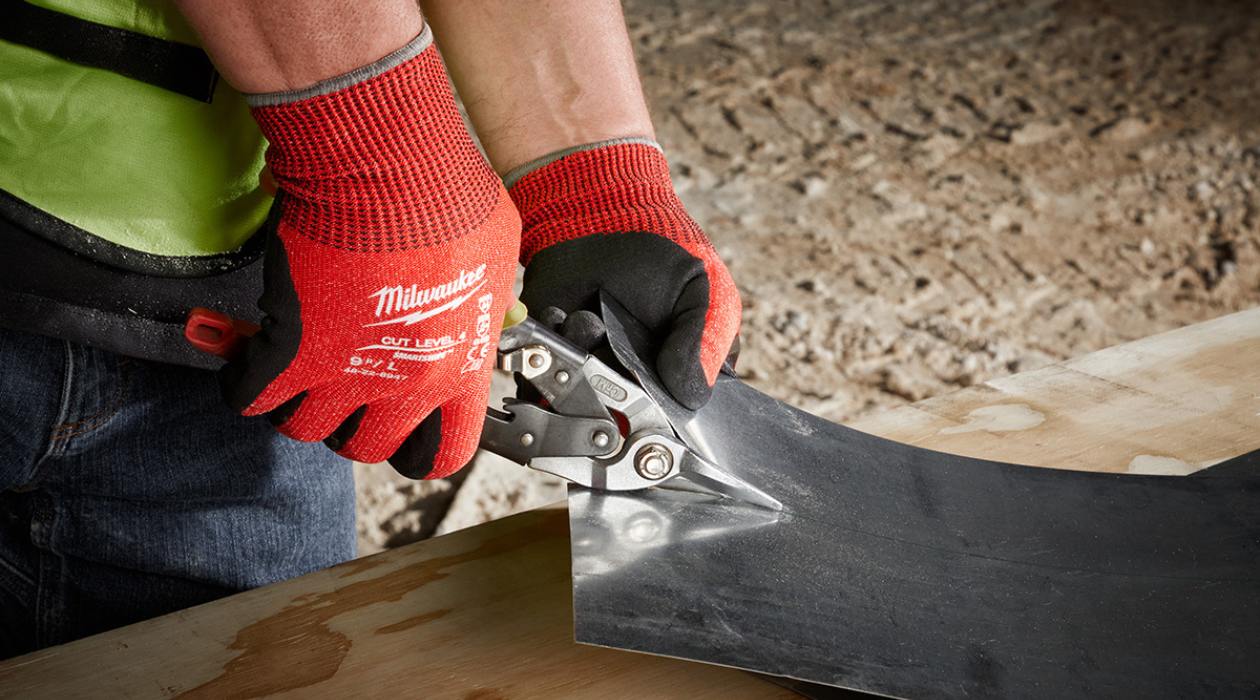
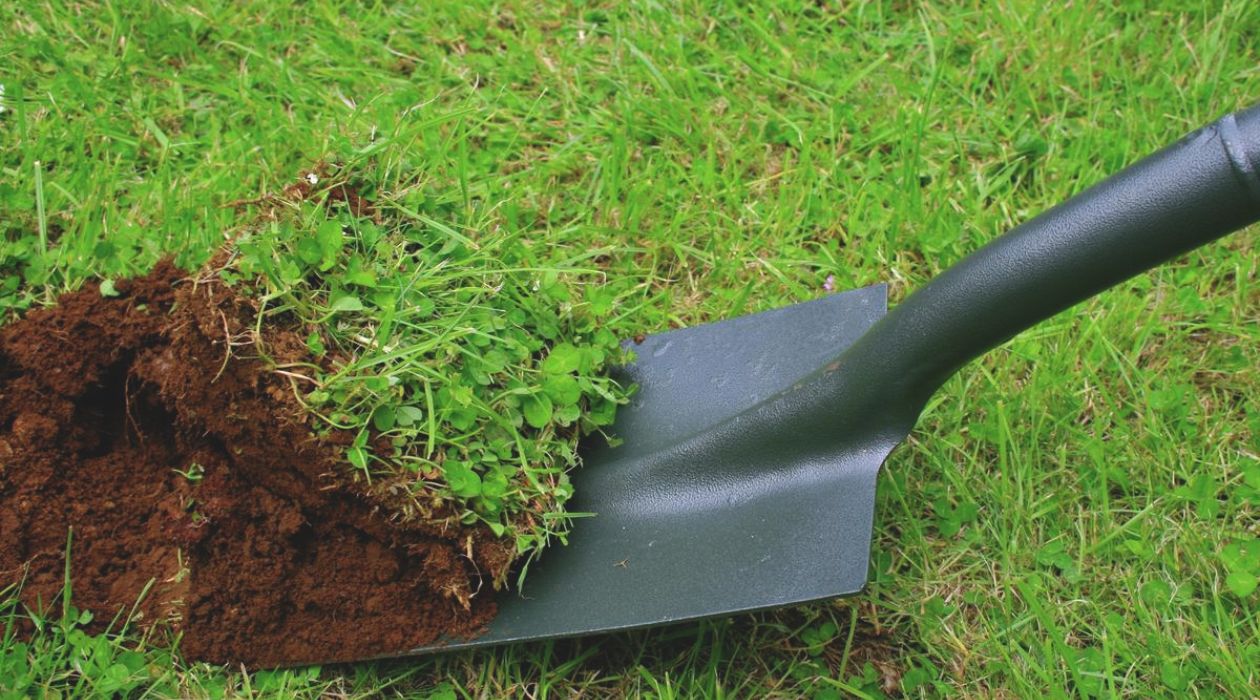
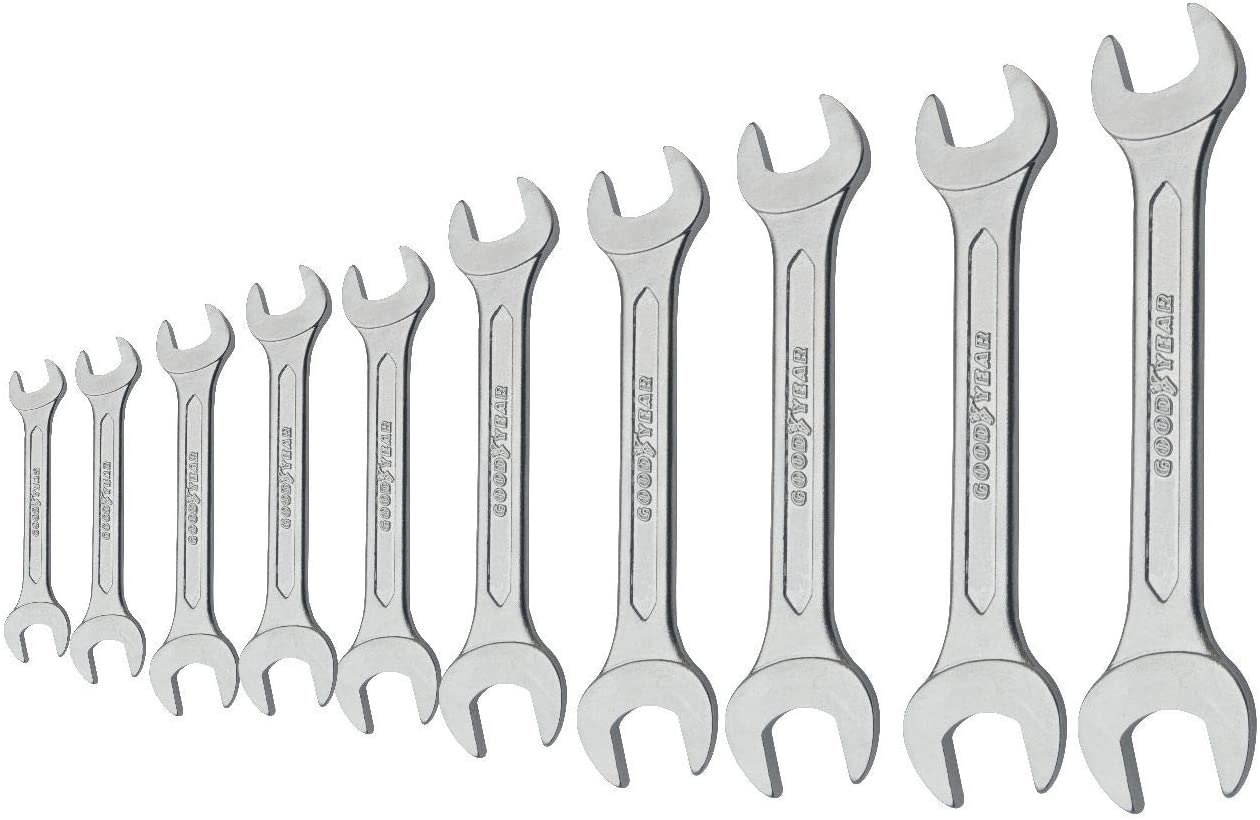
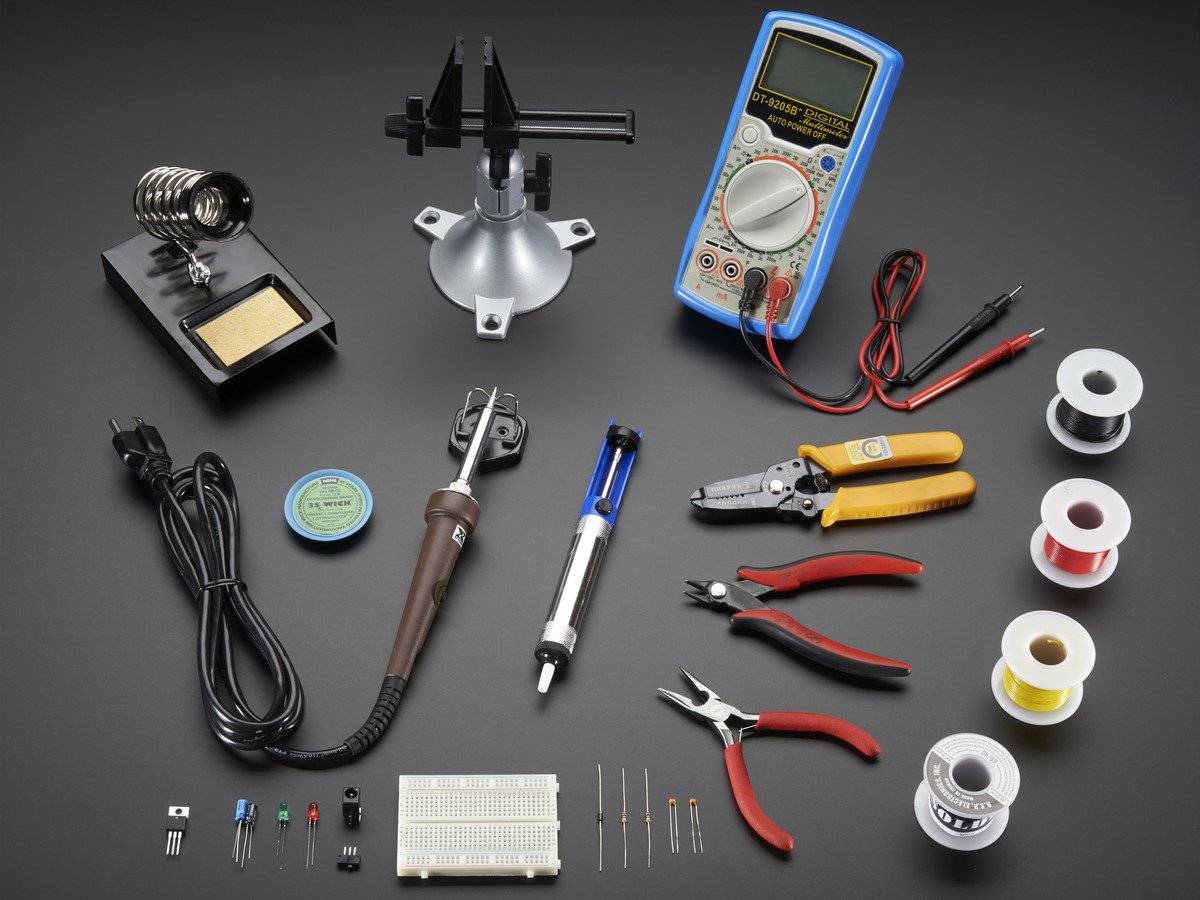

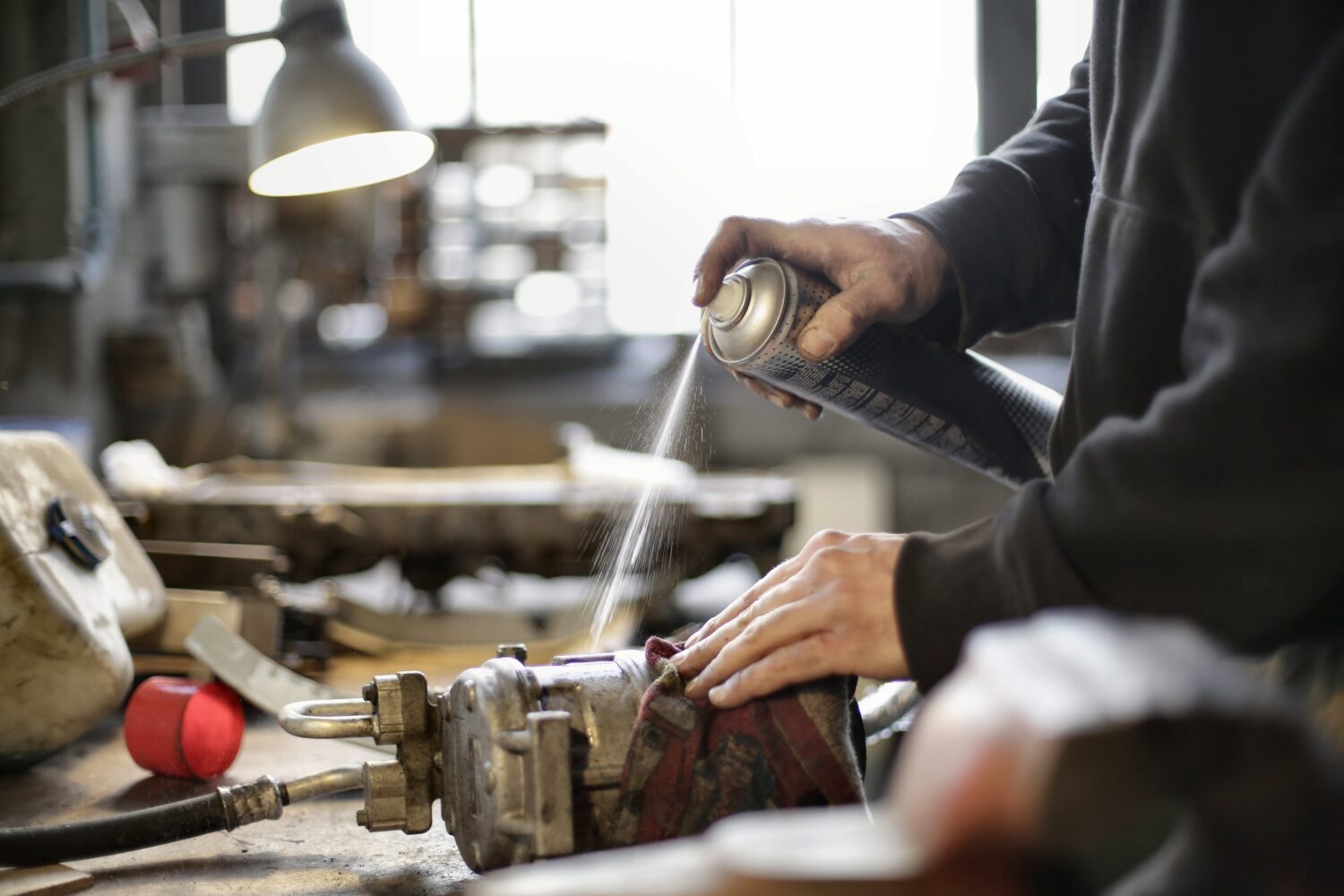
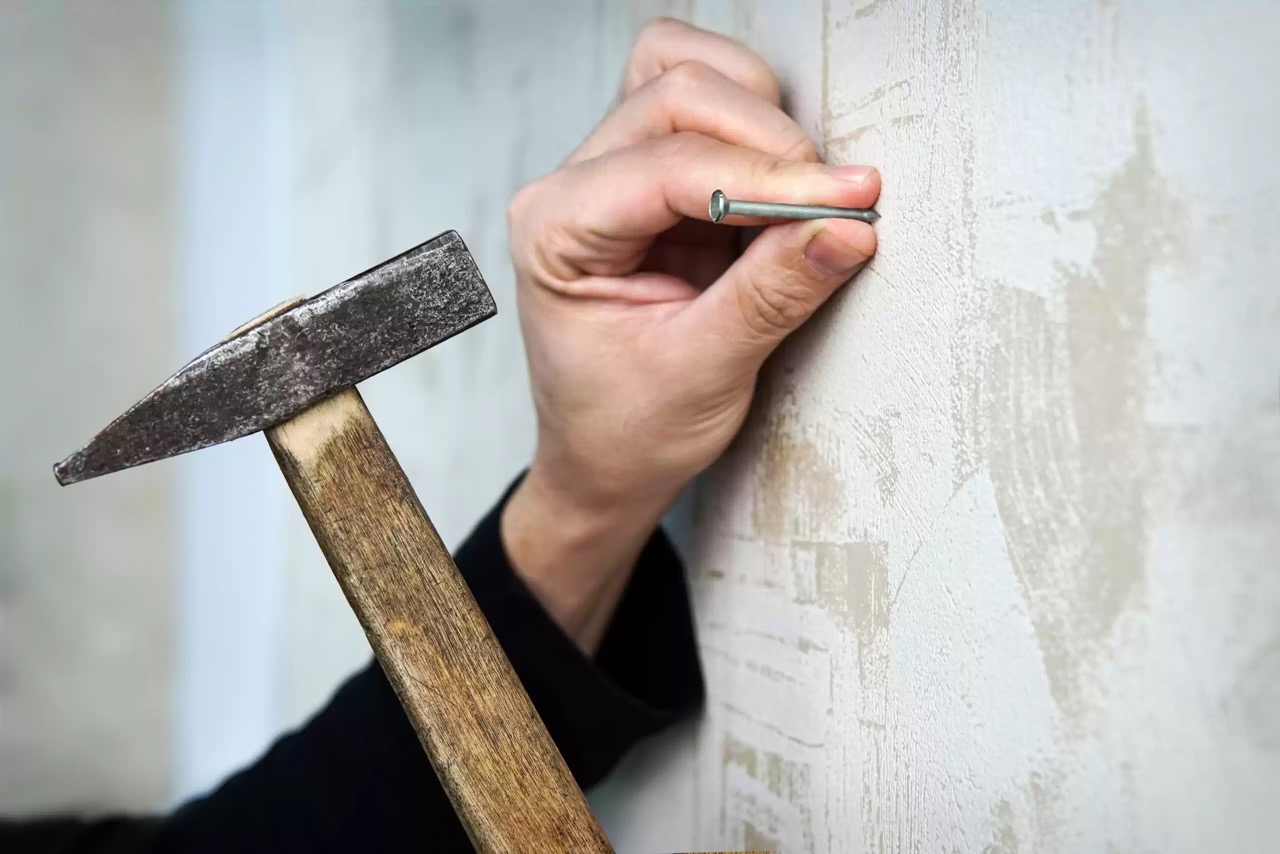
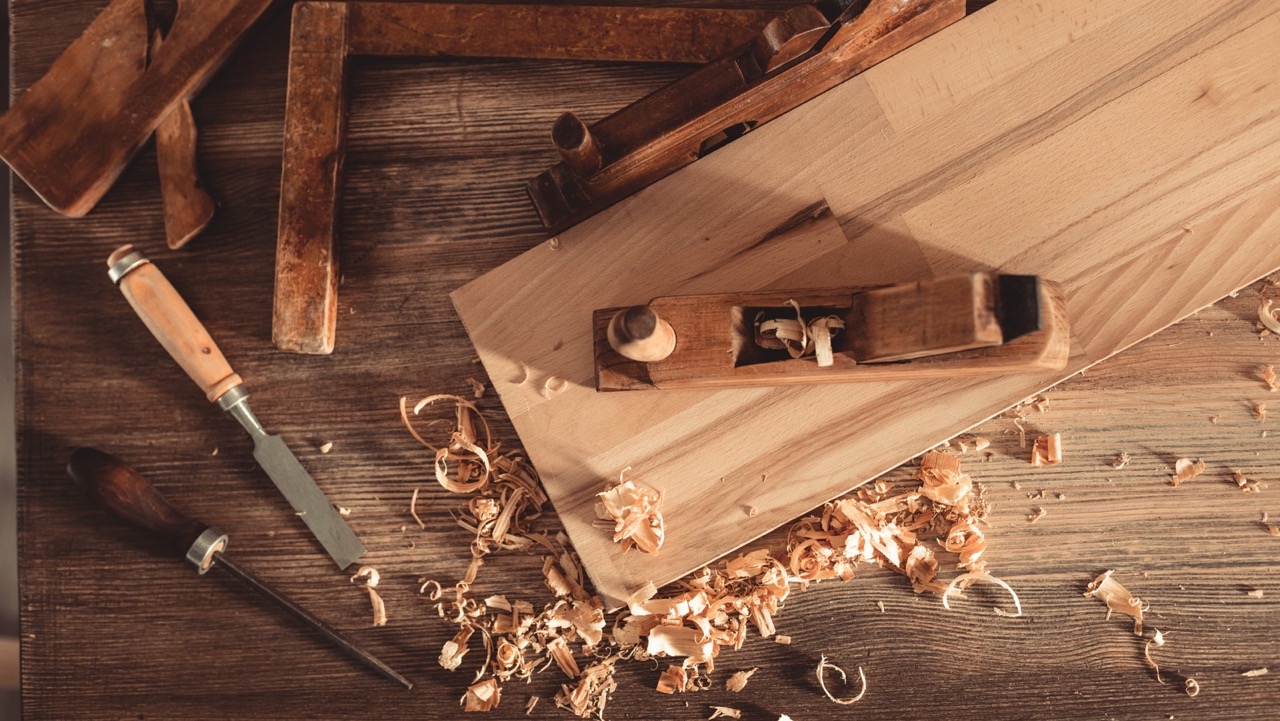
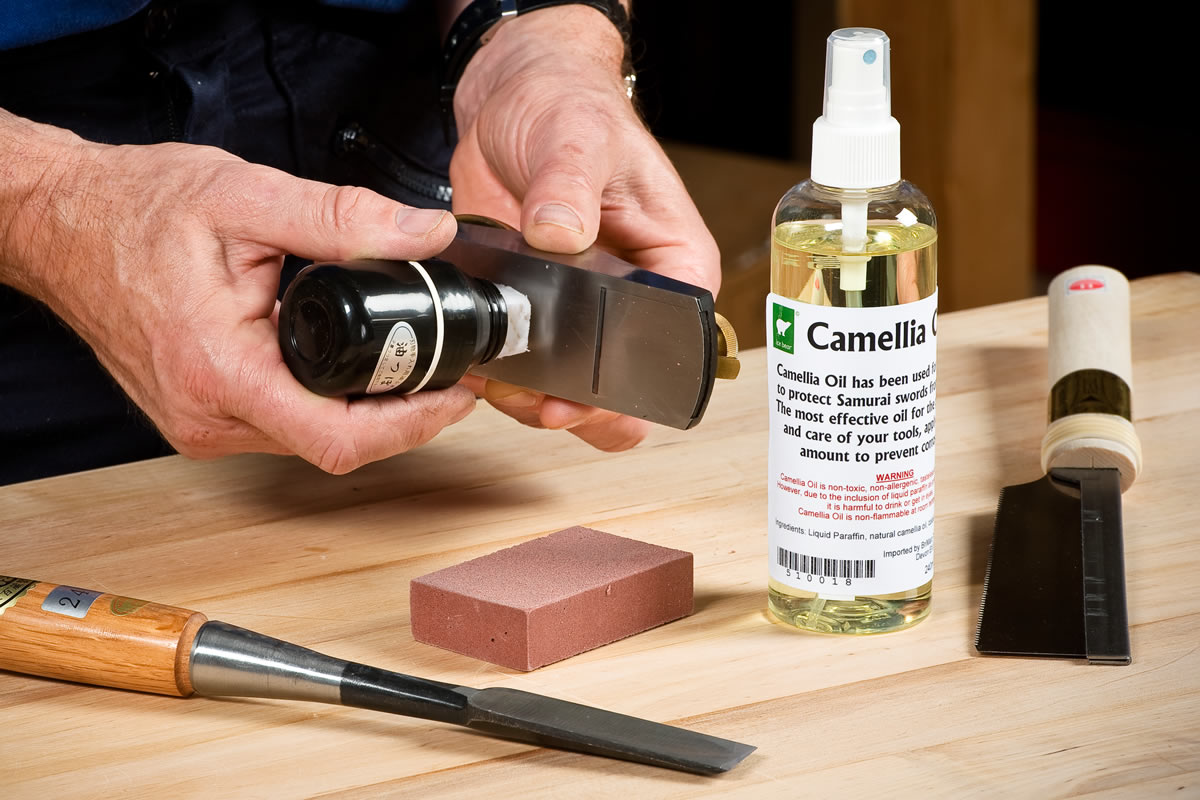
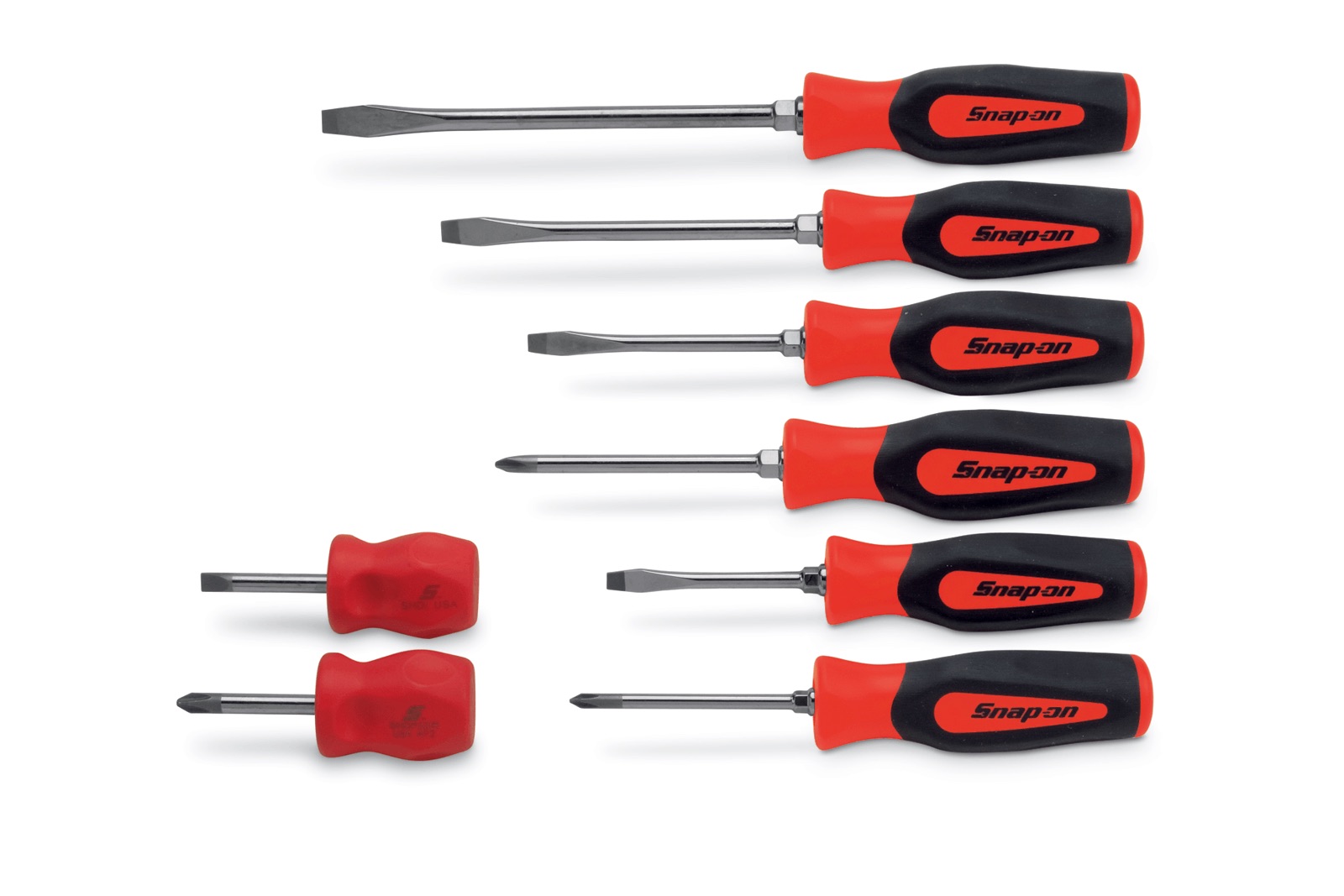
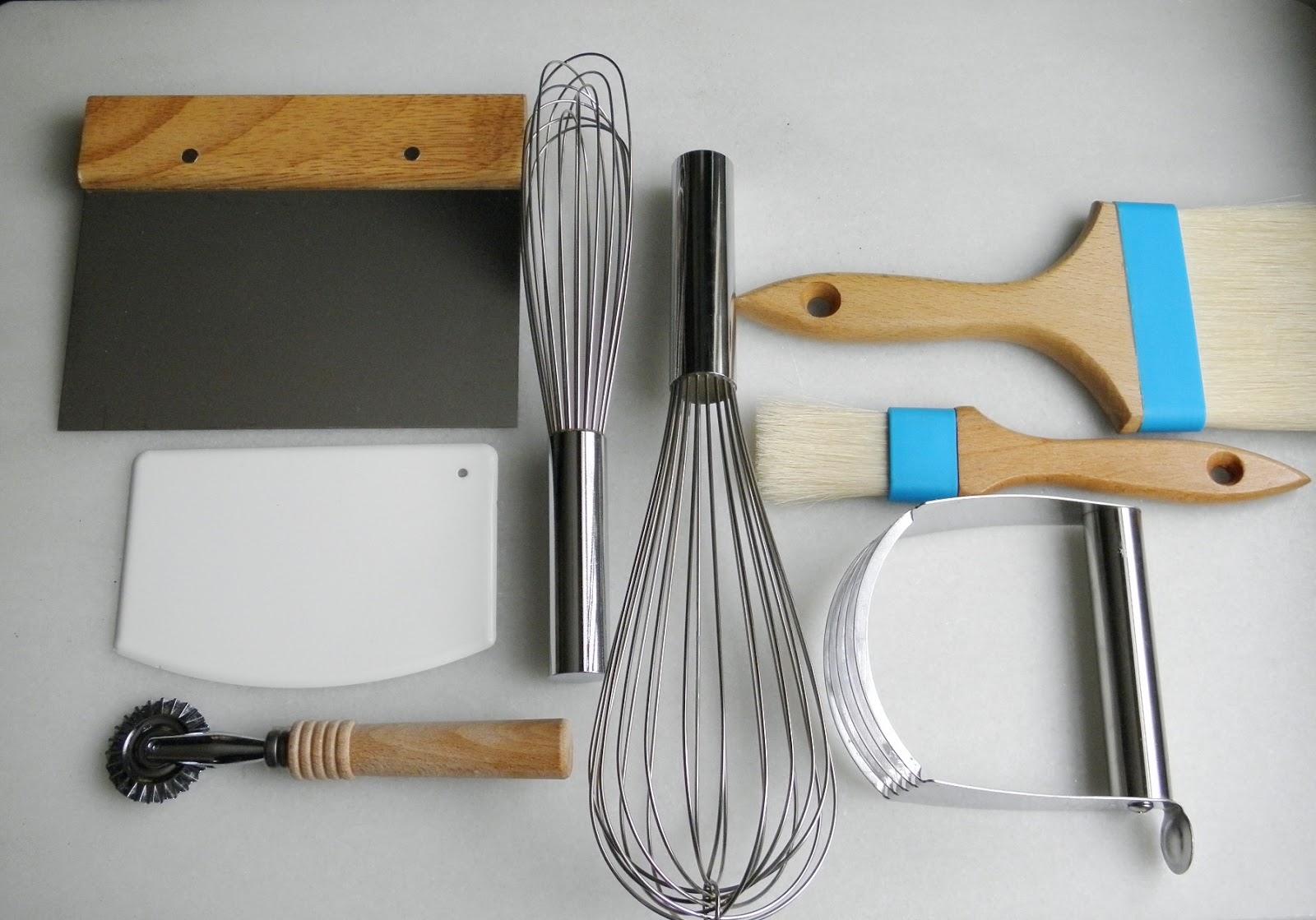
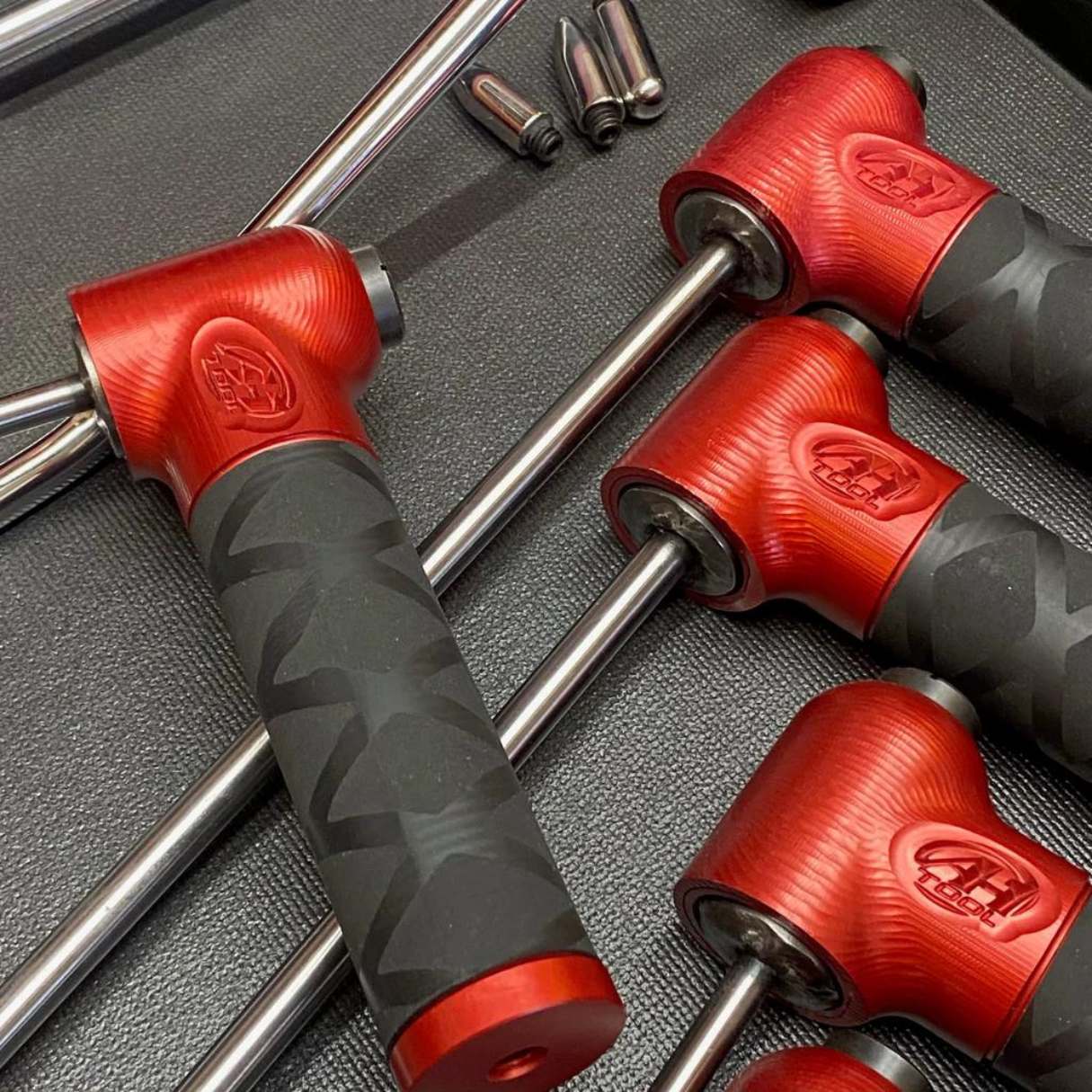

0 thoughts on “What Hand Tools Does Edd China Use In His Shop”